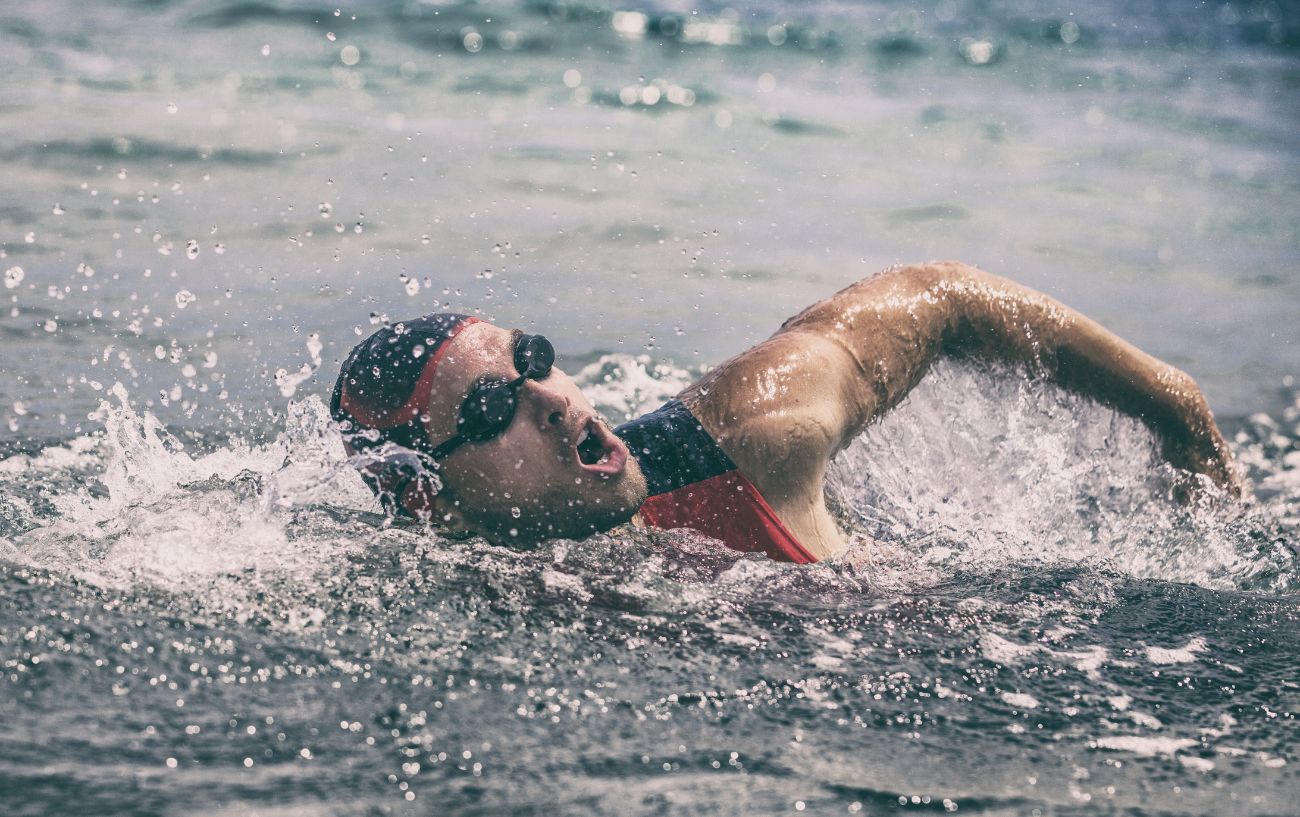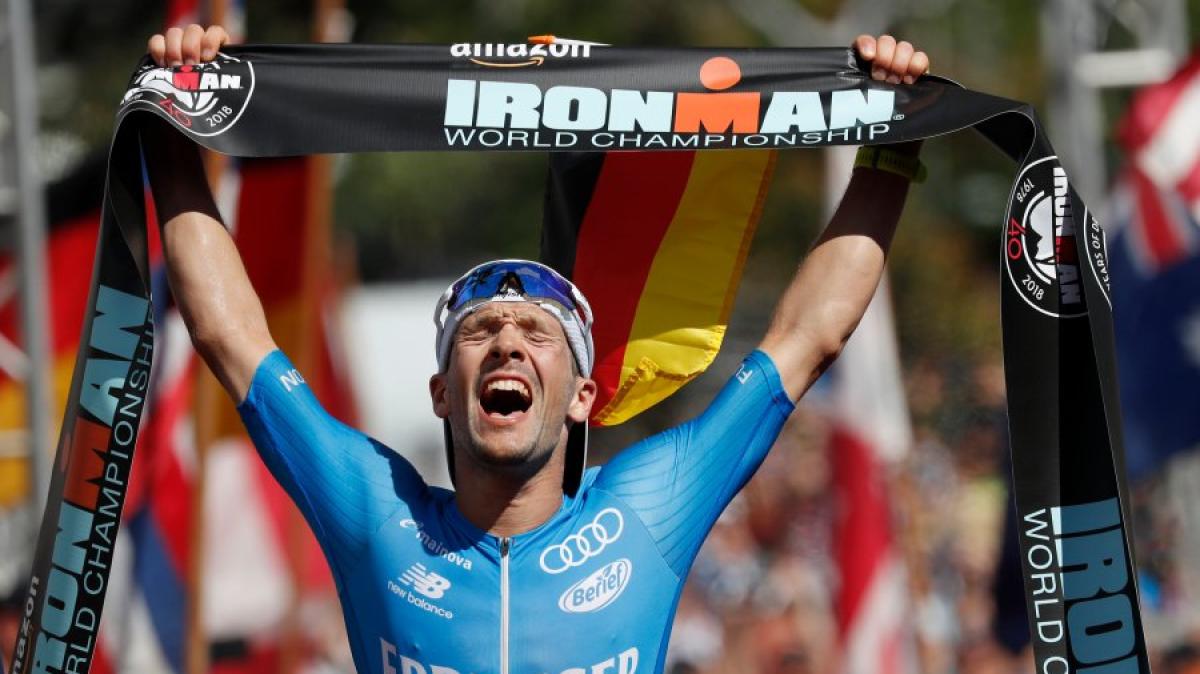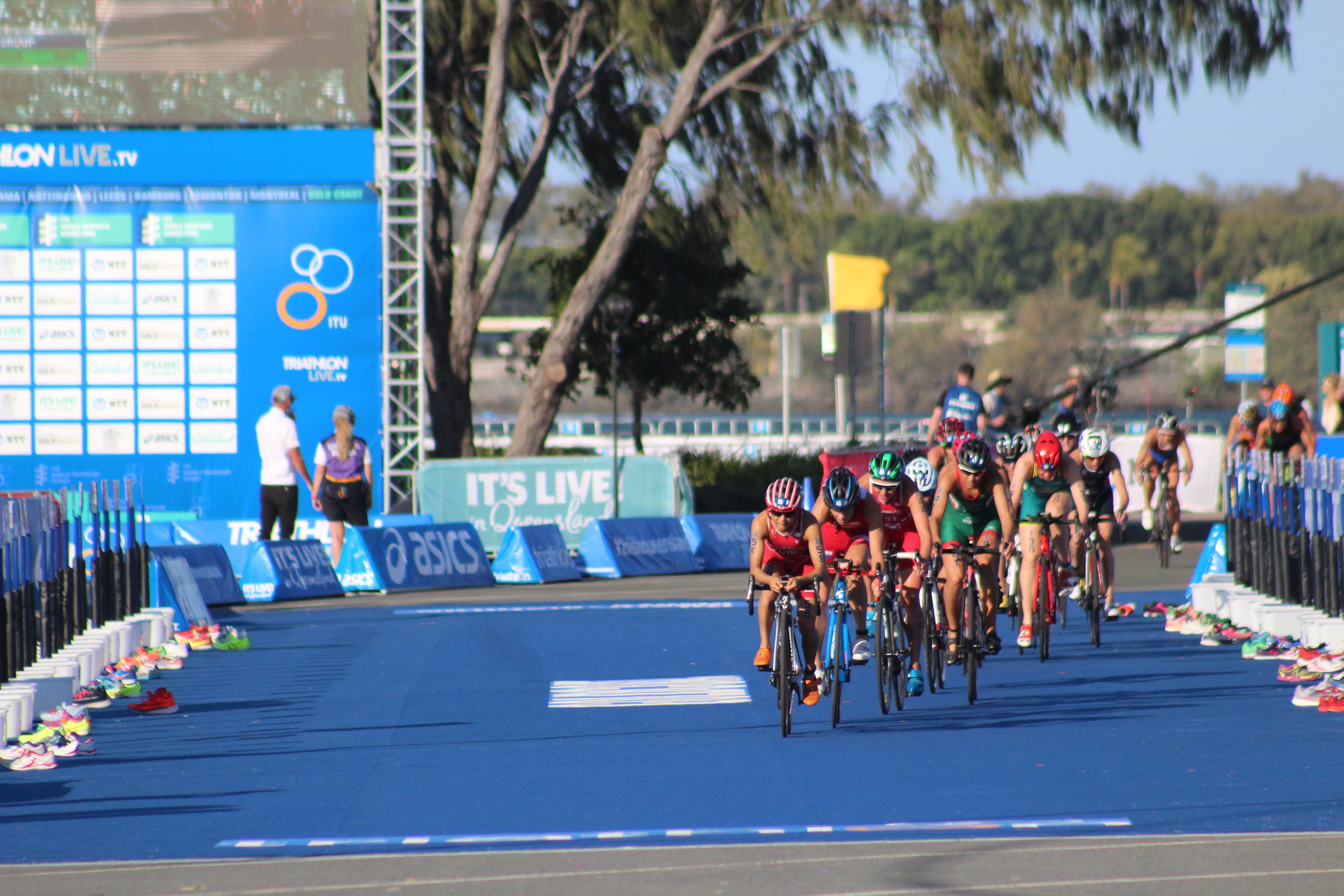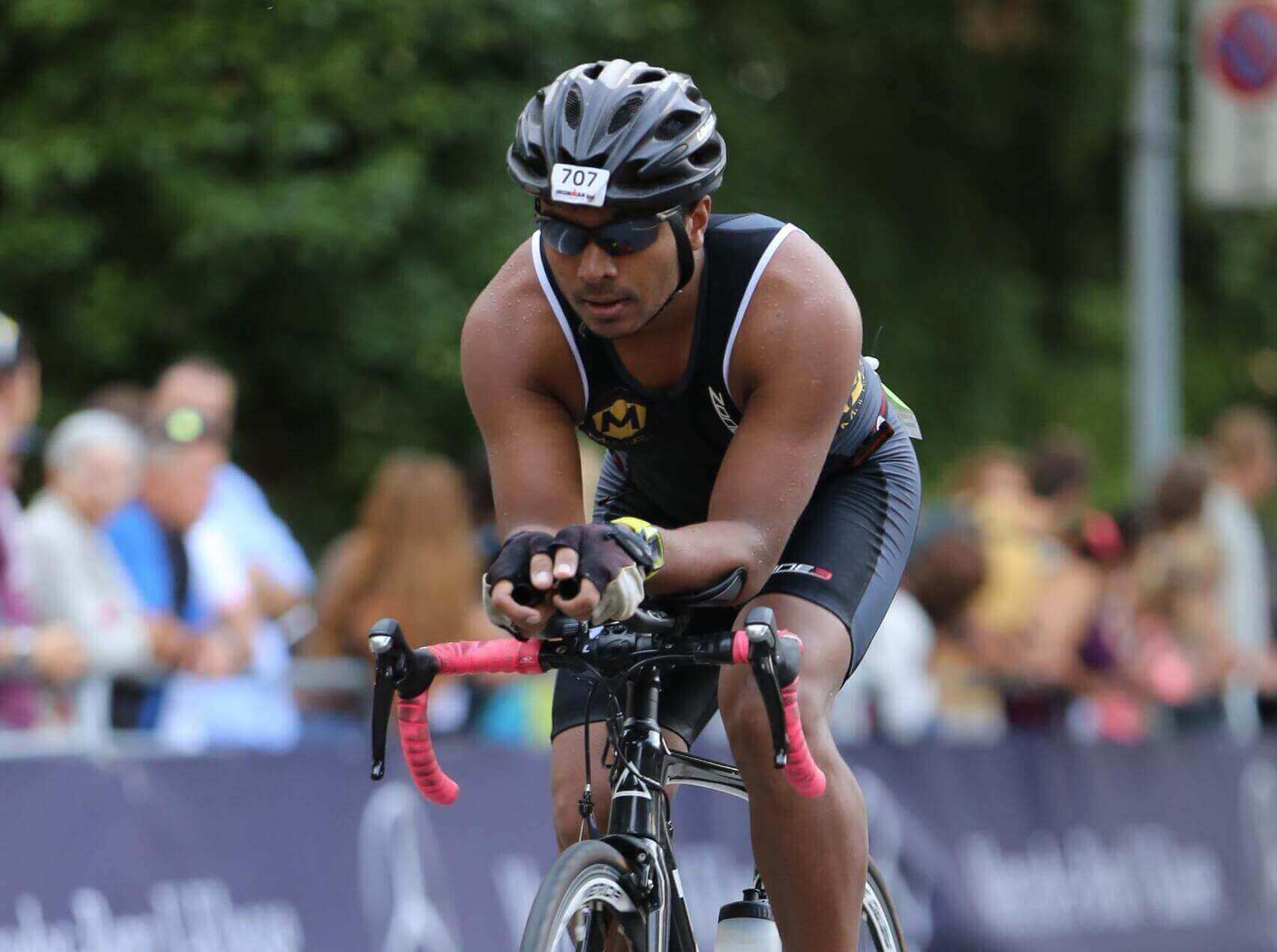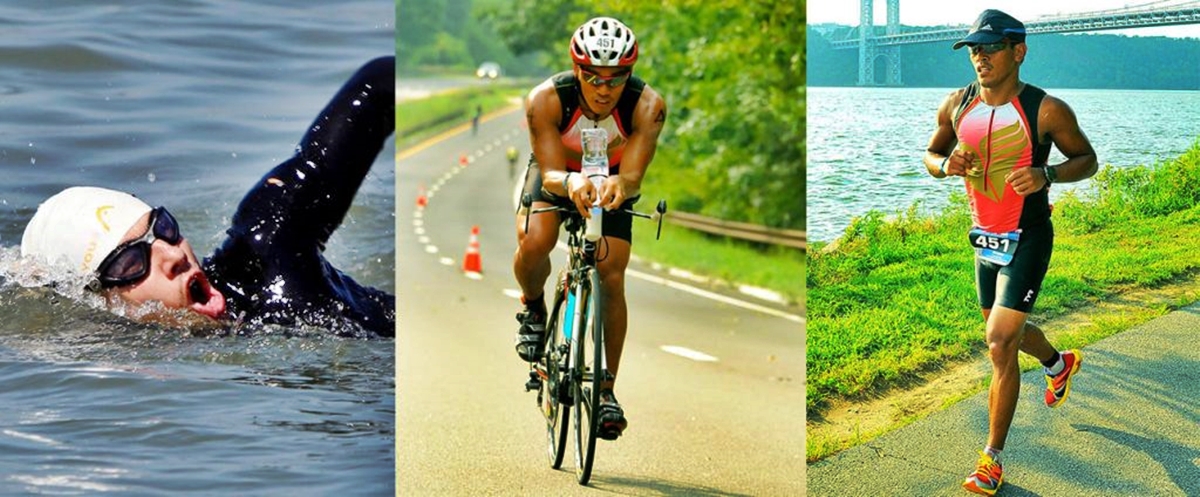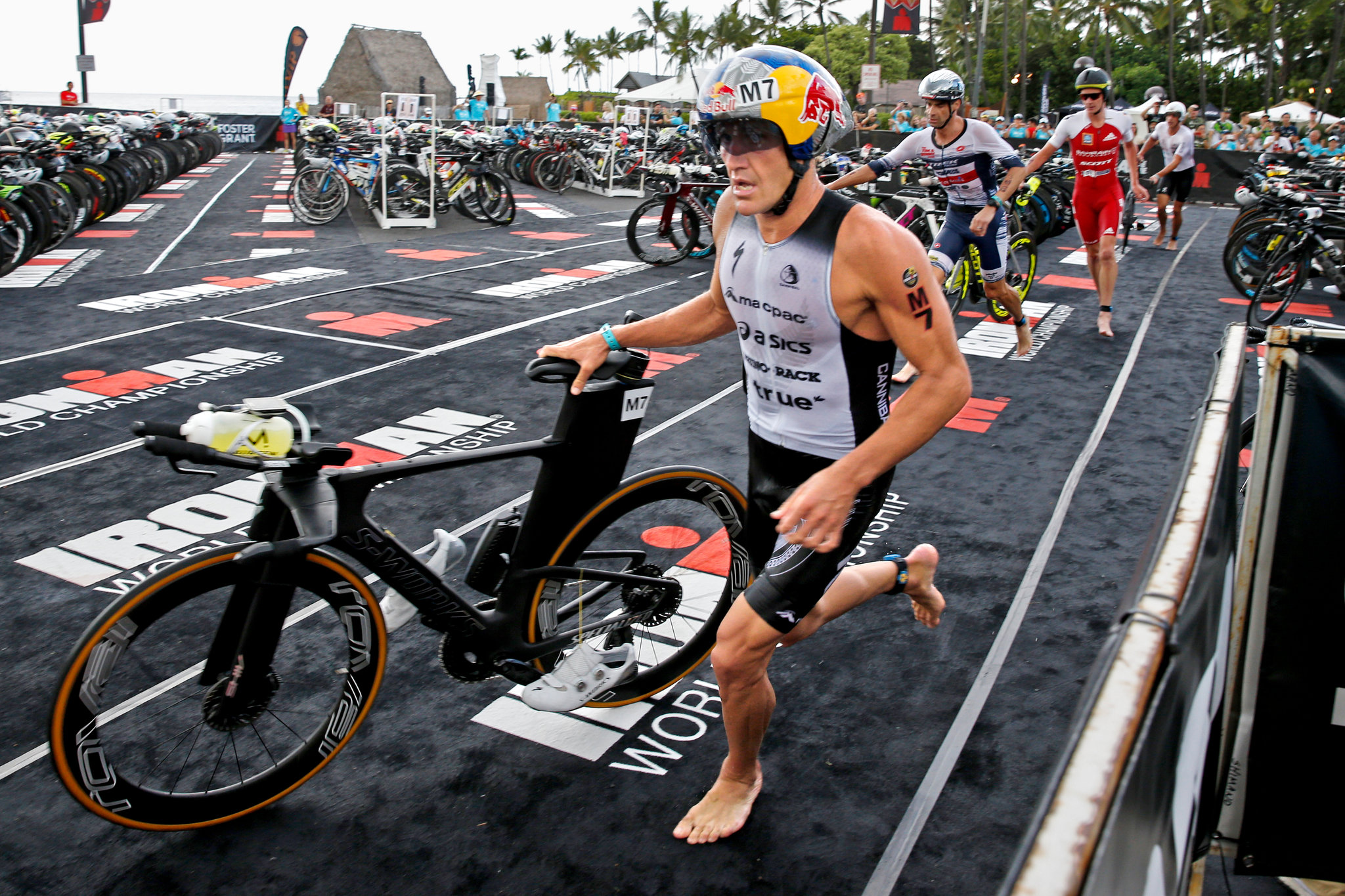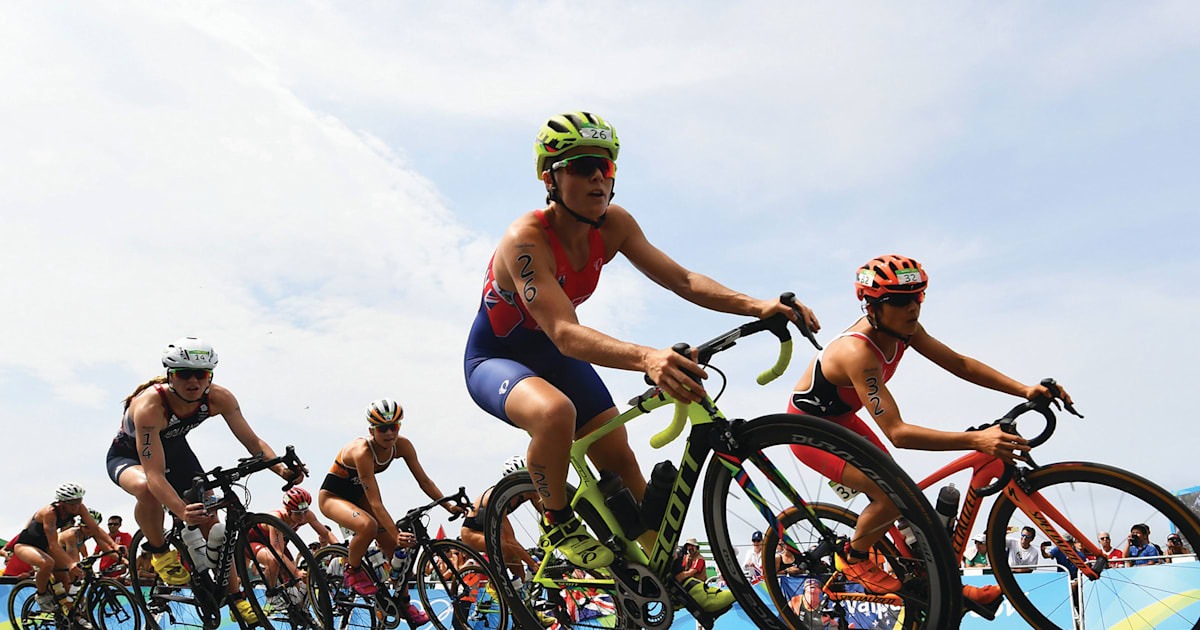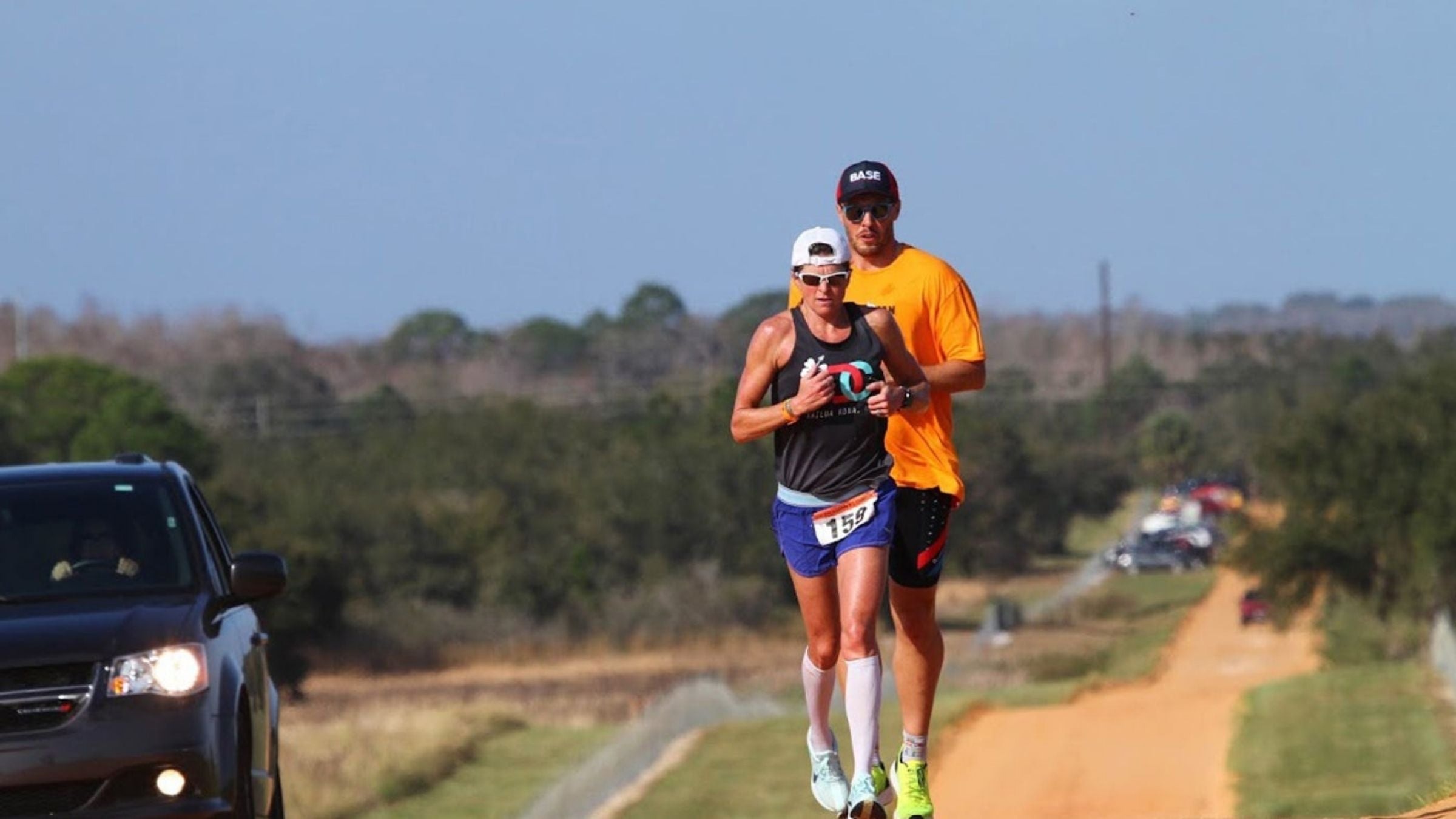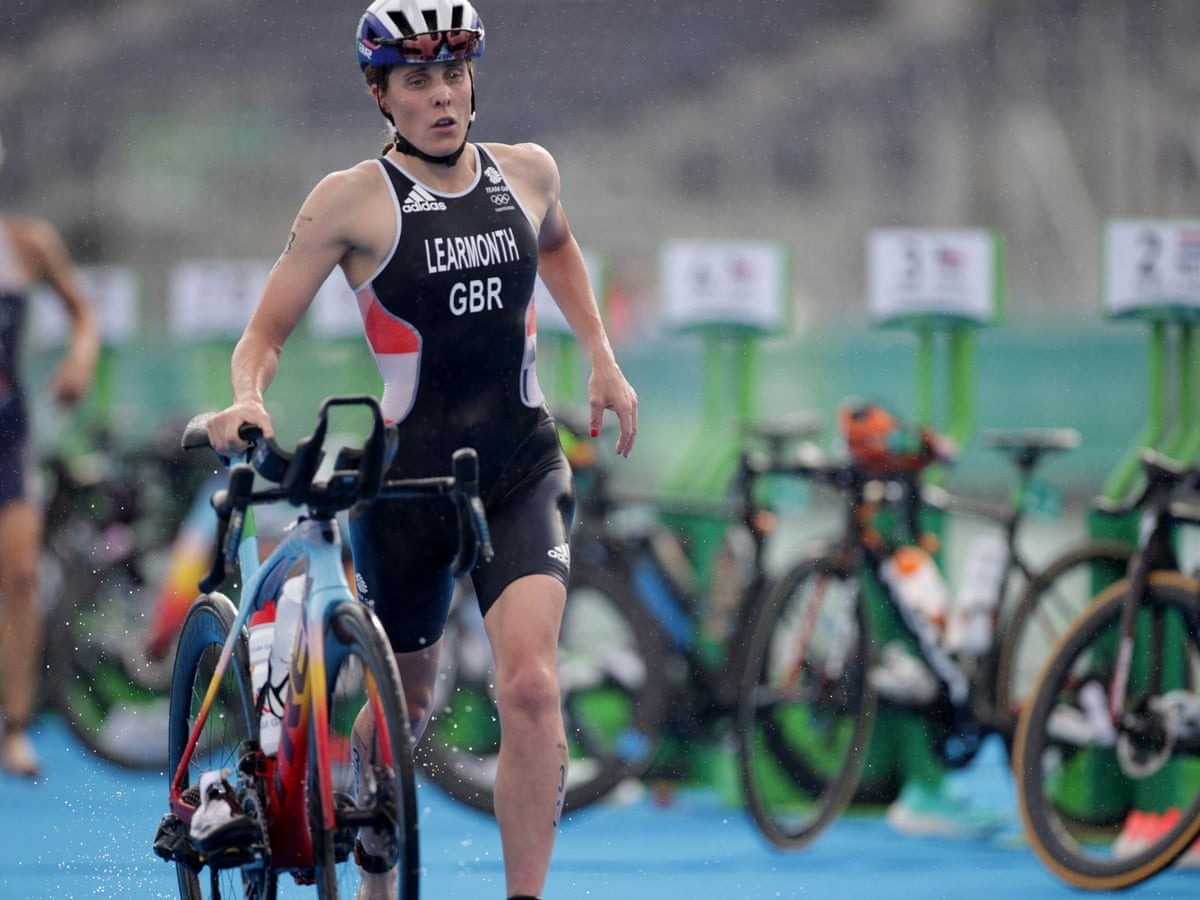Home>Misc>Featured>When Is The Ironman Triathlon Held In Hawaii
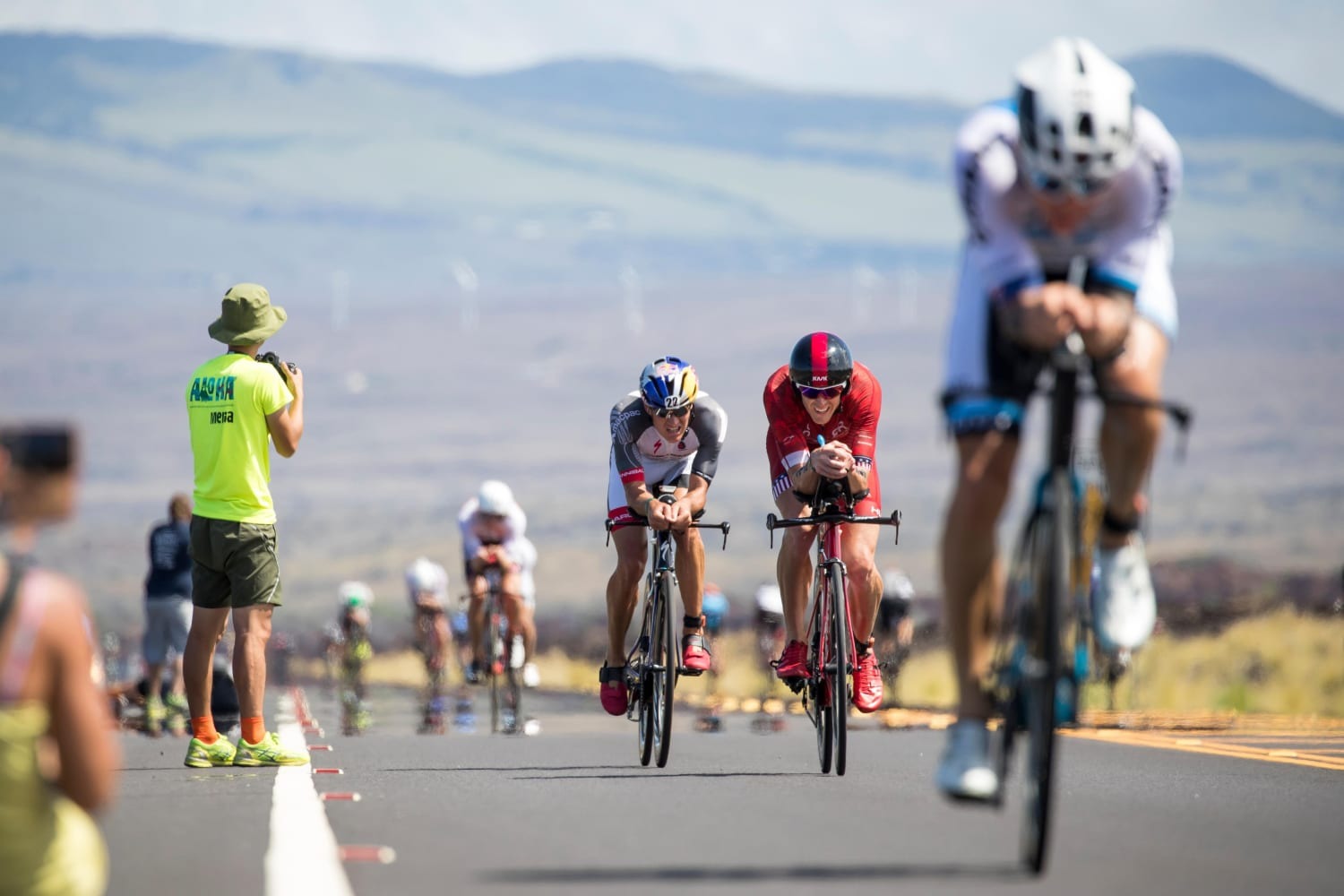

Featured
When Is The Ironman Triathlon Held In Hawaii
Modified: January 2, 2024
The featured Ironman Triathlon in Hawaii takes place on a specific date every year. Discover when this grueling athletic event is held and mark your calendars now!
Introduction
The Ironman Triathlon is one of the most grueling and prestigious endurance races in the world, challenging athletes to swim, bike, and run over long distances. While Ironman events take place in different locations around the globe, the race in Hawaii holds a special significance. Known as the “Ironman World Championship,” it is considered the pinnacle of the sport.
Every year, thousands of athletes from all over the world dream of qualifying for and competing in the Ironman Triathlon in Hawaii, striving to join the elite group of endurance athletes who have conquered this ultimate test of physical and mental strength.
The history, qualification process, course and conditions, participants and winners, challenges and rewards, and the impact on Hawaii’s economy and tourism all contribute to defining this iconic event. Let’s dive deeper into the world of the Ironman Triathlon in Hawaii, exploring its rich history and the incredible journey that participants undertake to earn the title of Ironman.
History of Ironman Triathlon in Hawaii
The roots of the Ironman Triathlon can be traced back to the mid-1970s when a debate arose between athletes about who were the fittest: swimmers, cyclists, or runners. To settle the argument, a group of friends in Hawaii devised a challenge, combining the Waikiki Roughwater Swim, the Around-Oahu Bike Race, and the Honolulu Marathon into a single race. Thus, the Ironman Triathlon was born.
The inaugural Ironman race took place on February 18, 1978, with just 15 participants. The course spanned 140.6 miles, starting in Waikiki with a 2.4-mile swim, followed by a 112-mile bike ride through the lava fields of Kona, and finishing with a full marathon along Alii Drive. Gordon Haller, a Naval Communications Specialist, became the first Ironman, crossing the finish line in just under 12 hours.
The event gained attention beyond expectations, attracting athletes from around the world who were captivated by the challenge and mystique of the Ironman. As the race continued to grow in popularity, it caught the attention of ABC’s Wide World of Sports, exposing the Ironman to a broader audience and solidifying its status as the pinnacle of endurance events.
In 1981, the Ironman World Championship moved to its current home in Kona, Hawaii, due to the unique and demanding conditions the island offered. The picturesque coastal town of Kailua-Kona became synonymous with the ultimate test of endurance as athletes faced not only the physical challenge of the race but also the elements of the rugged Hawaiian terrain.
Over the years, the Ironman Triathlon in Hawaii has become an iconic symbol of extreme endurance and human achievement. It has inspired countless individuals to push beyond their limits and embrace a lifestyle centered around fitness and resilience. Today, the race in Kona continues to attract top athletes and passionate amateurs alike, all striving to leave their mark on the Ironman legacy.
Qualification Process for Ironman Triathlon in Hawaii
Earning a spot in the Ironman Triathlon World Championship in Kona, Hawaii is no easy feat. The qualification process is designed to ensure that only the best of the best compete in this prestigious event. Aspiring athletes must prove their abilities in Ironman races held around the world to secure their place on the starting line.
The qualification process varies depending on the athlete’s age group and gender. The primary way to earn a spot is through the Ironman Age Group Ranking system. Athletes accumulate points based on their performance in Ironman and Ironman 70.3 races throughout the qualifying period, which typically covers a year and a half. The top finishers in each age group earn coveted slots for the World Championship.
Another way to secure a spot is through the Ironman Legacy Program. This program recognizes the dedication of long-time Ironman competitors who have completed at least 12 full-distance Ironman races. Each year, a limited number of legacy slots are made available to these athletes, allowing them to continue their Ironman journey in Hawaii.
In addition, there are several regional championships that offer automatic qualification slots for the World Championship. These races attract top-level athletes and provide a highly competitive environment for securing a place in Kona. The Ironman Triathlon in Hawaii also reserves a number of spots for charity and sponsor entries, allowing individuals to race while supporting meaningful causes.
Once an athlete earns a qualification spot, they have the option to accept or defer their entry. This flexibility allows athletes to properly train and prepare for the unique challenges of the Kona course.
It is important to note that the qualifying process can be fiercely competitive, with thousands of athletes vying for limited slots. Training meticulously, staying dedicated, and consistently performing at a high level are essential for athletes hoping to earn the opportunity to race in the Ironman Triathlon World Championship in Hawaii.
Course and Conditions of Ironman Triathlon in Hawaii
The course and conditions of the Ironman Triathlon in Hawaii are legendary and add to the race’s reputation as one of the most challenging endurance events in the world.
The event kicks off with a 2.4-mile swim in the crystal-clear waters of Kailua Bay. Athletes battle strong currents and potentially choppy waves as they navigate the course, which is marked by large buoys. The swim leg showcases the stunning coastline of Kailua-Kona, offering a picturesque start to the grueling day ahead.
After completing the swim, competitors transition to the bike leg, which comprises a 112-mile journey through the harsh lava fields and challenging terrain of the Kona District. The course is notorious for its strong crosswinds, scorching temperatures, and hilly sections, testing athletes both physically and mentally. The highlight of the bike leg is the climb up the infamous “Hawaiian Lava Fields,” a punishing ascent that demands resilience and strategy from the participants.
Finally, athletes transition to the marathon run, a full 26.2-mile trek that takes place under the scorching Hawaiian sun. The marathon course follows the iconic Alii Drive, passing through the bustling town of Kailua-Kona before heading north along the Queen Ka’ahumanu Highway. Athletes must dig deep to overcome fatigue and push through the grueling final leg of the race.
In addition to the demanding course, participants must also contend with the tropical climate of Hawaii. High humidity, intense heat, and unpredictable weather conditions are all factors that can impact performance. Staying hydrated, managing nutrition, and pacing oneself become critical elements for success.
Despite the challenging course and harsh conditions, the Ironman Triathlon in Hawaii offers participants a unique and unforgettable experience. The stunning landscapes, enthusiastic crowd support, and the prestige associated with completing the race make it a dream come true for many athletes.
It is worth mentioning that the Ironman course and conditions in Hawaii are not only physically demanding but also mentally and emotionally taxing. Athletes must find inner strength, determination, and unwavering focus to navigate the challenges and finish the race within the designated cutoff time.
Participants and Winners of Ironman Triathlon in Hawaii
The Ironman Triathlon in Hawaii attracts a diverse field of participants, ranging from professional athletes to passionate amateurs, all chasing their own personal goals. Each year, around 2,000 athletes from all corners of the globe gather in Kailua-Kona to take on the ultimate endurance challenge.
The professional field is filled with some of the most accomplished triathletes in the world. These athletes dedicate their lives to training and competing at the highest level, pushing the boundaries of human performance. The professionals compete for the coveted title of Ironman World Champion and the substantial prize purse that accompanies it.
Amateurs make up the majority of the field, consisting of individuals from all walks of life, from doctors and lawyers to teachers and engineers. What sets them apart is their unwavering commitment to fitness and the desire to conquer the Ironman Triathlon in Hawaii. For many amateurs, participating in this race is a lifelong dream and the culmination of months, if not years, of training and preparation.
The winners of the Ironman Triathlon in Hawaii are legends in the sport. They have demonstrated incredible physical prowess, mental fortitude, and strategic race execution to claim victory in one of the most challenging endurance races on the planet.
Among the notable winners is Mark Allen, who holds the record for the most victories at the Ironman Triathlon World Championship. Allen dominated the race in the late 1980s and early 1990s, showcasing unparalleled athleticism and tenacity. His intense duels with fellow competitor Dave Scott are legendary, creating some of the most thrilling moments in Ironman history.
Other celebrated winners include Chrissie Wellington and Daniela Ryf, who have dominated the women’s field in recent years. Wellington’s undefeated streak from 2007 to 2011 solidified her status as one of the greatest female triathletes of all time. Ryf, on the other hand, has emerged as a force to be reckoned with, capturing multiple titles and setting course records.
While the winners’ names are etched in Ironman history, completing the race at any level is a remarkable achievement. Participants push themselves to their physical and mental limits, battling exhaustion, heat, and the inner demons that inevitably arise during such a grueling event.
Every participant, whether they reach the podium or not, earns immense respect for their determination and dedication. Crossing the finish line in Kona is a moment of personal triumph and a testament to the indomitable human spirit.
Challenges and Rewards of Completing Ironman Triathlon in Hawaii
Completing the Ironman Triathlon in Hawaii is a monumental achievement that comes with its fair share of challenges and rewards. The race pushes athletes to their limits, both physically and mentally, testing their endurance, resilience, and determination in ways they have never experienced before.
One of the biggest challenges in conquering this iconic race is the intense physical demands it places on the body. With a combined distance of 140.6 miles, the swim, bike, and run legs require months of dedicated training to build the necessary strength, endurance, and stamina. Facing strong currents, brutal winds, scorching temperatures, and the unforgiving lava fields of Kona adds to the difficulty level.
Mental strength is equally crucial during the race. Athletes must overcome self-doubt, fatigue, and the urge to quit as they endure the grueling hours of swimming, cycling, and running. Maintaining focus, staying positive, and relying on mental strategies are essential tools for navigating the physical and mental challenges that arise during the race.
However, the rewards of completing the Ironman Triathlon in Hawaii are immeasurable. Crossing the finish line brings an overwhelming sense of accomplishment and a surge of emotions that can only be understood by those who have experienced it. The feeling of pushing through the pain, self-doubt, and obstacles to achieve a lifelong dream is indescribable.
For many participants, the Ironman journey is about personal growth and self-discovery. Training and preparing for such an arduous race demands discipline, perseverance, and sacrifice. By overcoming these challenges, athletes gain a deeper understanding of their own capabilities and resilience, propelling them to reach new heights in other areas of life.
The Ironman Triathlon in Hawaii also offers the opportunity to connect with like-minded individuals from around the world. The camaraderie and support among athletes are unparalleled, creating a unique bond and sense of community among participants. The shared experience of pushing bodies and minds to the limit fosters lifelong friendships and a network of support in the world of endurance sports.
Additionally, the race serves as a platform for raising awareness and funds for charitable causes. Many athletes participate in the Ironman Triathlon in Hawaii as a means to support meaningful organizations or promote causes close to their hearts. Completing the race takes on a deeper meaning when it contributes to creating a positive impact in the world.
Ultimately, the challenges and rewards of completing the Ironman Triathlon in Hawaii go hand in hand. The obstacles faced throughout the race and the personal growth that occurs in overcoming them make the journey one of the most extraordinary and fulfilling experiences in an athlete’s life.
Impact of Ironman Triathlon on Hawaii’s Economy and Tourism
The Ironman Triathlon in Hawaii not only attracts athletes from around the world but also has a significant impact on the local economy and tourism industry. The event brings a surge of visitors to the island as well as media coverage, generating both short-term and long-term economic benefits for Hawaii.
One of the primary economic impacts of the Ironman Triathlon is increased tourism. Thousands of athletes, their families, and supporters travel to Kona to be a part of this prestigious event. This influx of visitors boosts hotel bookings, restaurant revenues, and local businesses, leading to a substantial increase in tourism spending. The event also extends its reach beyond Kona, with participants and spectators exploring other parts of the island, contributing to the overall tourism economy of Hawaii.
In addition to immediate tourism revenue, the Ironman Triathlon in Hawaii also generates long-term benefits. The event showcases the natural beauty and unique attractions of the Big Island, attracting future visitors who were inspired by the race. Many athletes and spectators who experience the race firsthand are enticed to return to Hawaii for vacations, further bolstering tourism numbers over time.
The media exposure surrounding the Ironman Triathlon is another vital factor in its economic impact. The race receives extensive coverage through television, online streaming, and print media. This exposure not only enhances the reputation of Kona as a world-class endurance sports destination but also promotes Hawaii as a whole. The stunning scenery, challenging course, and inspiring stories of participants captivate viewers, sparking interest in visiting the islands and experiencing the beauty and adventure for themselves.
Furthermore, the Ironman Triathlon in Hawaii serves as a catalyst for local businesses and entrepreneurship. The race creates opportunities for vendors, from sports equipment retailers to nutrition companies, to showcase their products and services. Local artisans and craftsmen also benefit from the increased foot traffic, as participants and supporters seek unique souvenirs and memorabilia related to the event.
Moreover, the Ironman Triathlon fosters a culture of health and wellness in Hawaii. The event inspires and encourages active living, influencing the local community to prioritize fitness and embrace an active lifestyle. This cultural shift has long-term positive effects on the well-being and quality of life of Hawaii residents.
Overall, the Ironman Triathlon in Hawaii has a profound impact on the economy and tourism industry. It not only brings immediate economic benefits through increased tourism spending but also creates a lasting legacy by promoting Hawaii as a premier destination for endurance sports and inspiring future visitors. The event’s ripple effect on businesses, entrepreneurship, and the local community further solidifies its significance in Hawaii’s economy and tourism landscape.
Conclusion
The Ironman Triathlon in Hawaii is an iconic event that captures the imagination of athletes and spectators alike. From its humble beginnings to its status as the ultimate test of endurance, the race continues to embody the pursuit of physical and mental strength.
Through exploring the history, qualification process, course and conditions, participants and winners, challenges and rewards, and impact on Hawaii’s economy and tourism, we gain a deeper understanding of the significance of the Ironman Triathlon in Hawaii.
The race’s rich history, dating back to the 1970s, has propelled it to become a global phenomenon. Athletes around the world strive to qualify and compete in this prestigious event, pushing themselves to their limits in pursuit of their Ironman dreams.
The grueling course and challenging conditions in Hawaii add to the allure of the race. The swim, bike, and run legs test athletes physically and mentally, demanding unwavering focus, resilience, and determination.
The participants and winners of the Ironman Triathlon in Hawaii inspire us with their incredible performances, showcasing the heights that can be achieved with dedication and hard work. Each individual who crosses the finish line, regardless of placement, leaves a lasting legacy of triumph and personal growth.
Beyond personal achievements, the Ironman Triathlon has a significant impact on Hawaii’s economy and tourism industry. The event boosts tourism, generates revenue for local businesses, and exposes the beauty and attractions of the islands to a global audience. The race’s media coverage and reputation as a top-tier endurance event draw visitors who are inspired to explore the wonders of Hawaii.
In conclusion, the Ironman Triathlon in Hawaii represents the pinnacle of human endurance and the pursuit of personal achievement. Through its history, challenging course, dedicated participants, and economic impact, this iconic race continues to inspire and captivate athletes and enthusiasts from around the world, leaving an indelible mark on the sport and the hearts of those who dare to take on the Ironman challenge.
